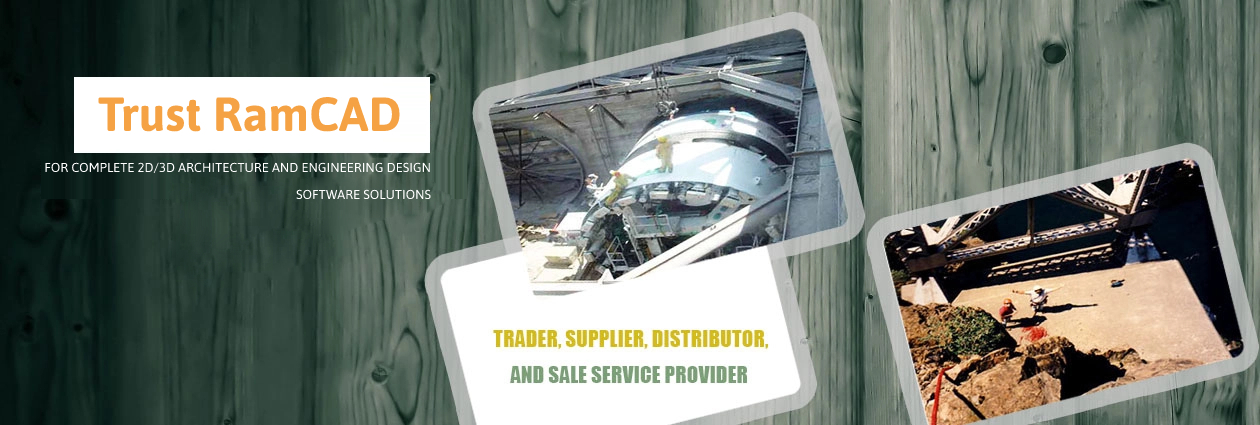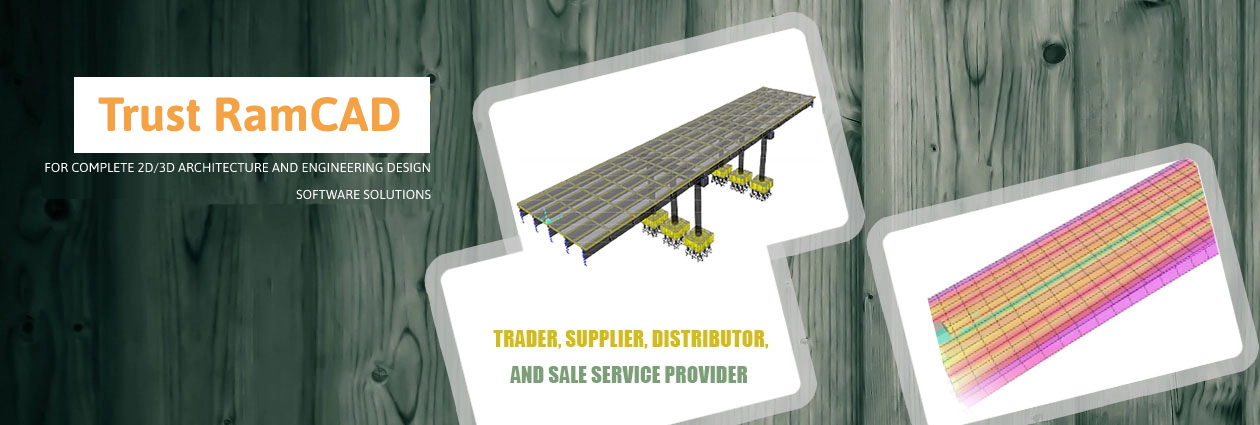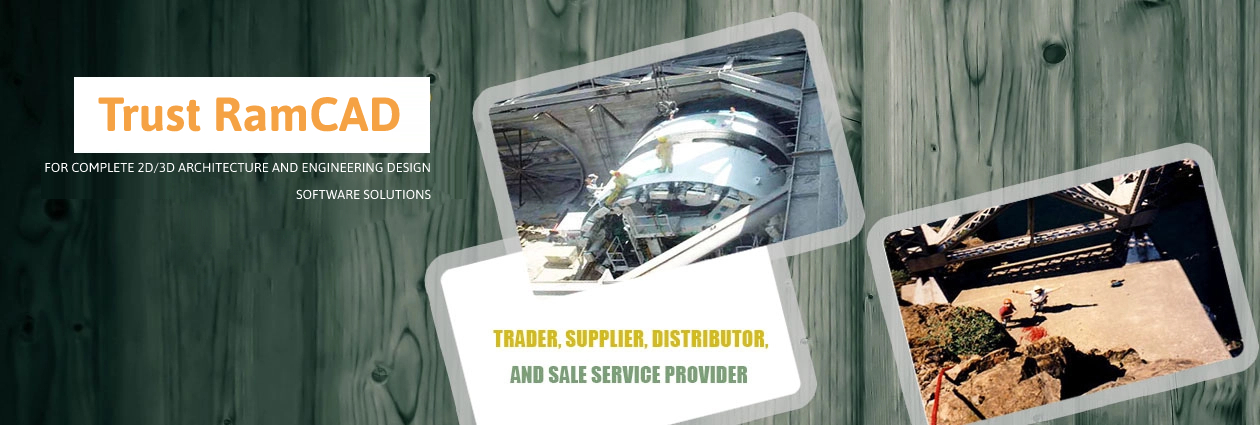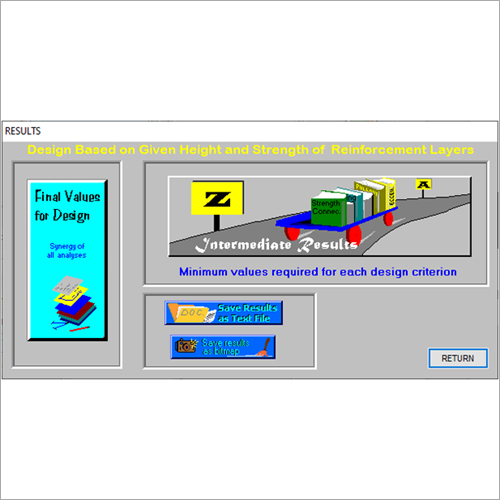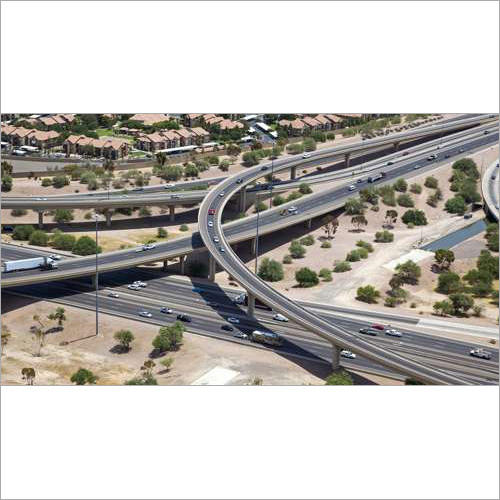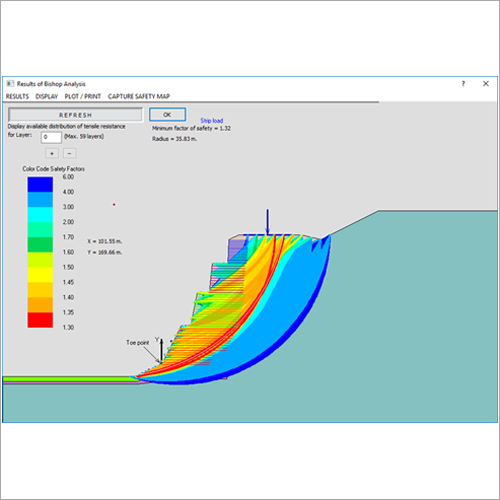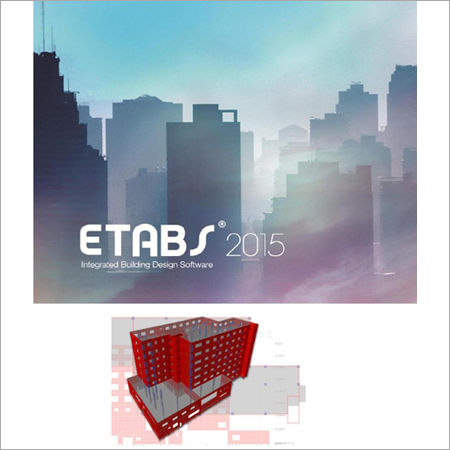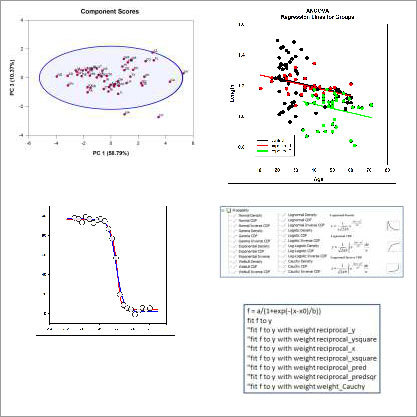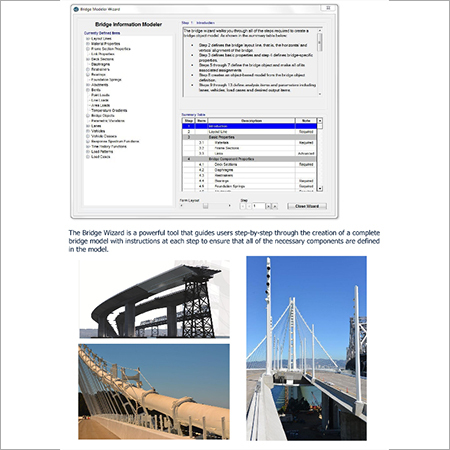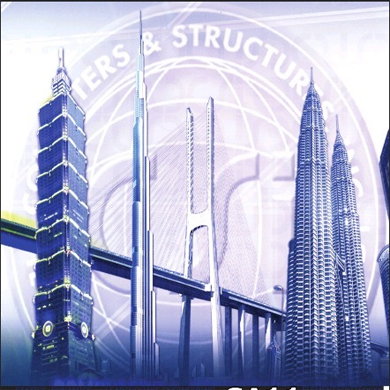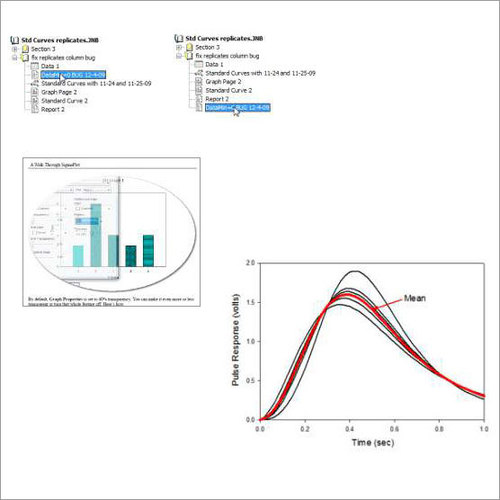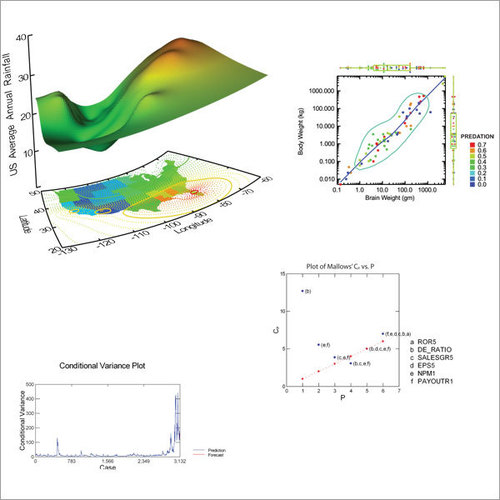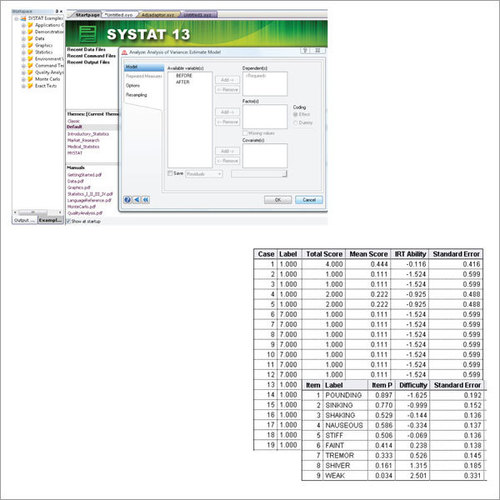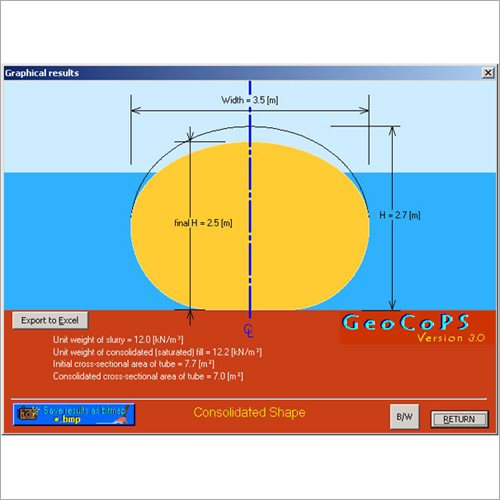For complete 2D/3D Architecture and Civil Engineering Software Solutions like Structural Software, trust Ramcad Scientific Softmach Engineers.
Best Seller
Best Seller
About Us
A renowned name in the segment of 2D/3D architecture and engineering design software solutions, Ramcad Scientific Softmach Engineers is indeed a name to bank upon in the Civil Engineering Software sector. Ever since our inception in the year 2005, we have been engaged in providing turnkey software solutions for infrastructure like Geotechnical Software In Delhi, PLAXIS Geotechnical Software, Civil Engineering Design Software, Civil Engineering Software, Water & Sewer Network, Tunnel, Bridges, FEA Analysis, GIS, Project Management etc. We are a recognized Trader, Supplier, Distributor, and Sale Service Provider of Software Sales, Industrial Software & Software Marketing. We are committed to deliver complete client satisfaction by providing comprehensive software solutions, training, support and consultancy services. The team of qualified engineers and trainers with years of industry experience and technical knowledge ensures Ramcad Scientific Softmach Engineers can meet any of our client's needs. We also provide training on engineering application software like Civil Engineering Design Software, Civil Engineering Software, Etabs Software, SAP2000 Software, CSI Bridge Software, Structural Software, GEO-5, HEADS Pro, ANSYS, SOFiSTiK, STRAP and C-Tunnel.
Located at Industrial suburb, Delhi (India), we have incorporated technology, innovation, talent, and quality standards in our offering to meet the diverse clients' requirements. The users of our software solution include prestigious govt. organizations like PWDs, PSUs, Engineering Colleges, Engineering Consultants, and Contractors etc. And, some of our key clients include CRRI, Tezpur University, MNNIT Allahabad, MANIT Bhopal, NIT Silchar, KIET Ghaziabad, and Inderprastha Engineering College Sahibabad. We are highly specialized in preparing detailed project report (DPR) and we have made DPR for NH 229 for PWD, Arunachal Pradesh; Rural Roads for PWD, Bihar; and Rural Roads for PWD, Assam.
We are committed to completely satisfy the needs of the clients while keeping the Quality as topmost priority. We look forward to become the most trusted designing solution provider.
Why Ramcad Scientific Softmach Engineers ?
We have served numerous clients from across the country with a sole focus to satisfy their requirements efficiently and effectively. For the client convenience, we have also source some of the software solutions. Here are some of the factors which describes how we are different from our competitors:
- Well-Versed & Competent Workforce
- Unparalleled Domain Knowledge & Industry Experience
- Innovative, Sophisticated Services
- Long-Lasting Partnerships With Clients
We are providing our products across India.

